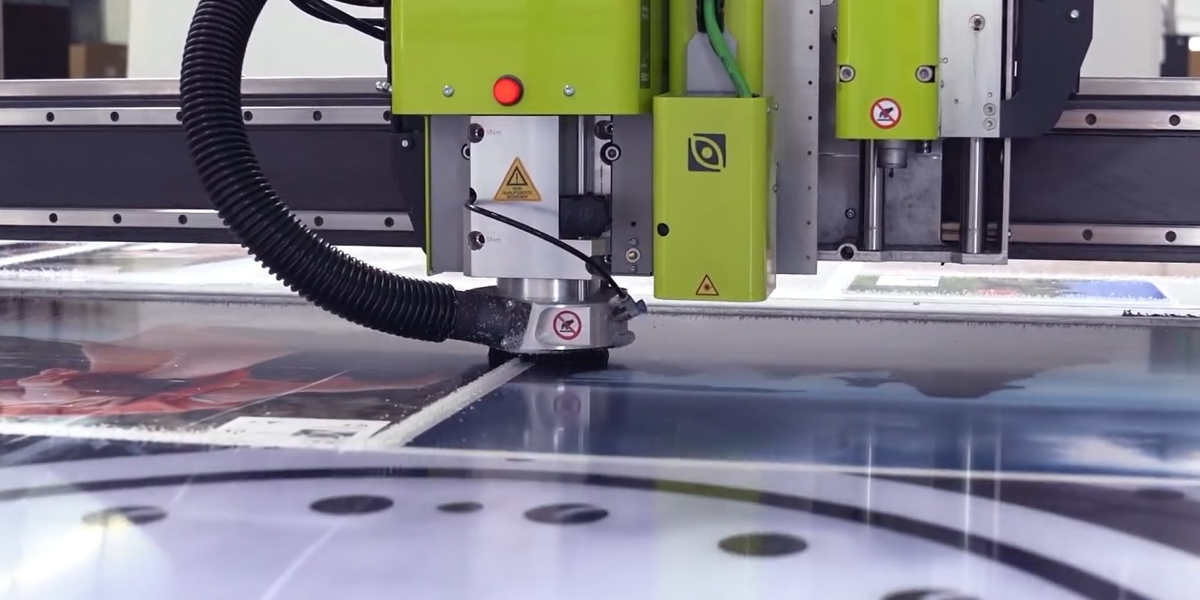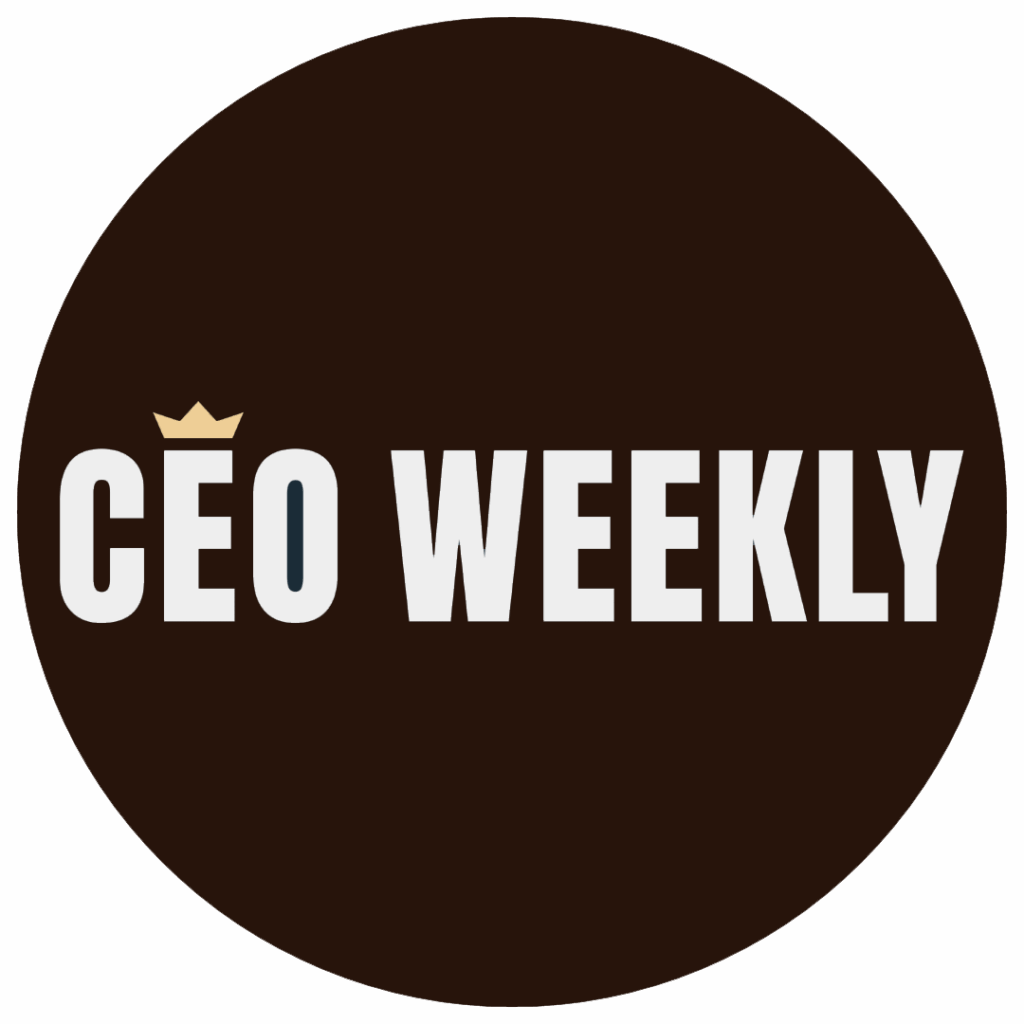By: Rena Marie Ducay
Some leaders follow trends. Others help shape them.
Artie Chang, CEO of PanTerra Networks, has spent the last decade doing the latter—building a cloud communications company that adapts to the moment and positions itself for what’s next.
Now, as the UCaaS industry shifts from internal collaboration tools to more comprehensive customer engagement platforms, Chang is guiding PanTerra into what could be one of its most pivotal chapters yet.
But bold doesn’t mean rash. For Chang, evolution is about reducing friction. In a space saturated with features and flashy offerings, PanTerra is choosing something less common: focus.
A Career Built on Connection
Artie’s journey began in the labs of Bell Labs, where he contributed to the engineering of early telecom systems that powered America’s phone infrastructure.
“I’ve been involved in communication from the very start,” he says. “But the deeper I got into the technology, the more I realized: it’s not about the infrastructure. It’s about the people on either end.”
That mindset followed him into PanTerra, where he took over as CEO and transformed a specialized cloud provider into a reliable force in the industry.
For years, the company remained sharply focused on secure, scalable communication. PanTerra earned a loyal following among mid-market enterprises seeking stability in a crowded, acquisition-heavy market. But stability, Chang would explain, doesn’t equate to stagnation.
“When customers started telling us that their challenge wasn’t internal collaboration anymore but disconnected, impersonal customer communication, I knew we had to change,” he says. “And not gradually. As quickly as possible.”
The Shift: From Collaboration to Connection
This shift led to Streams.AI, PanTerra’s newly reimagined platform that integrates UCaaS infrastructure with AI-powered customer engagement tools. It’s a change that signals a broader truth: business communication is now deeply intertwined with customer experience.
“In the past, uptime and features were the key metrics,” Chang explains. “Now what truly distinguishes you is memory. Context. Responsiveness. How well you understand your customer, not just how fast you can respond to them.”
Rather than simply adding AI features for the sake of it, PanTerra took a measured approach, grounded in real-world business needs. This meant developing Streams.AI to handle both internal and external workflows seamlessly. It also meant launching Luna, an AI-powered receptionist designed to help employees work more efficiently. After all, it’s about the people, not just trendy tools or infrastructure.
“We didn’t design Luna to be clever,” Chang says. “We designed it to be practical. Customer frustration isn’t typically caused by a lack of communication; it’s often due to irrelevant communication.”
Building with Intent, Not Ego
While many companies rush to outdo each other with features, Chang’s leadership approach remains refreshingly grounded.
“Make a good decision. Then refine it until it’s the best it can be,” he says, reflecting a mantra he shares with both new hires and senior executives alike. “We move quickly, but we don’t chase trends. That’s the key difference. There’s an iterative aspect to decision-making.”
This philosophy permeates his leadership style, a blend of vision and humility. He’s not afraid to pivot, but he always stays true to the company’s core values. He’s more focused on building teams than building hype.
“My success is their success,” he says of his long-standing executive team. “I’m happiest when they succeed, not when I do.”
Chang’s Choice: Listen, Lead, Then Build
The shift toward AI-enhanced customer engagement is both a product evolution for PanTerra and a leadership story. It highlights Chang’s ability to understand the market, listen carefully, and prioritize clarity over spectacle.
While many leaders react to the loudest market signals, Chang tuned into the quieter ones: the daily frictions, unmet needs, and overlooked moments that truly shape the customer experience.
It’s the result of years of groundwork, customer feedback, and a commitment to avoiding shallow innovation that overcomplicates things.
“The future of business communication isn’t about being louder,” he says. “It’s about listening more effectively. That’s the standard now, and we’re ready for it.”









